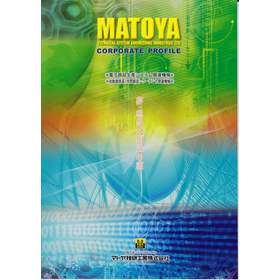Understanding the Basics of Machine Safety for Preventing Occupational Accidents! Introduction to Machine Safety Handbook
Master the basics of machine safety to the latest technology with this one book! An essential safety guide for designers and field professionals alike.
This handbook is an introductory book that covers everything from the basics of machine safety to the latest technologies. It is designed to be easy to understand for not only designers and professionals on-site but also for those who are unfamiliar with machine safety. Throughout the book, it explains the current state of occupational accidents, corporate social responsibility, methods for risk assessment to ensure safety, and a three-step method for risk reduction, all illustrated with concrete examples. Additionally, it touches on laws and regulations from Japan, Europe, and the United States, as well as international standards, providing a structure that helps readers understand the importance of safety design from a global perspective. The use of simple illustrations and charts aims to provide knowledge that can be applied "starting tomorrow" in actual work environments. This is an essential guidebook for those who want to learn practical approaches that enhance safety awareness and are useful in practice. ■ Contents - Basic concepts of machine safety - Safety measures and functions/features of equipment based on the three-step method - Benefits of on-site implementation and concrete examples *For more details, please feel free to download the materials from the PDF download.
Inquire About This Product
Related Videos
basic information
■Main Content 1. The Importance of Machine Safety and Corporate Social Responsibility 2. Basic Concepts of Machine Safety - The Reality of Machine Accidents - Overview of Laws and International Standards (ISO 12100, ISO 13849-1, ISO 14119) in Various Countries - Explanation of Revised Occupational Safety and Health Regulations Article 24-13 and Labor Safety and Health Law Article 28-2 - Methods of Risk Assessment and Risk Matrix for It - Three Steps for Risk Reduction (Inherent Safety Design, Safety Measures and Additional Protective Measures, Information Provision for Use) - Reliability Indicators for Safety-Related Control Systems: Concepts of Categories and Performance Levels (PL) 3. Safety Measures and Functions/Features of Equipment Based on the Step Method 【Step 1】 Inherent Safety Design: Methods to Reduce the Structure and Specifications of the Machine Itself 【Step 2】 Safety Measures and Additional Protective Measures: Safety Measures (Isolation and Stopping), Additional Protective Measures 【Step 3】 Information Provision for Use: Instruction Manuals, Warning Labels, Operator Training, Residual Risks 4. Benefits of On-Site Implementation and Specific Examples - Effects of Improved Safety (Accident Prevention, Increased Productivity, etc.) - Example of Disconnect Switch + Trap Key System - Key Points for Installing Safety Devices and Regular Maintenance
Price range
Delivery Time
Applications/Examples of results
Not only for designers, but also for engineers and safety managers who actually handle the machinery on-site, it is filled with valuable information.
catalog(1)
Download All CatalogsCompany information
Kraus & Naimer Co., Ltd. is the Japanese subsidiary of Kraus & Naimer, a specialized manufacturer of cam switches, rotary switches, and disconnect switches. We manufacture and sell industrial switches that can be applied to power distribution panels, control panels, and other equipment for generators, ships, railway vehicles, solar power generation equipment, food machinery, machine tools, and more.







